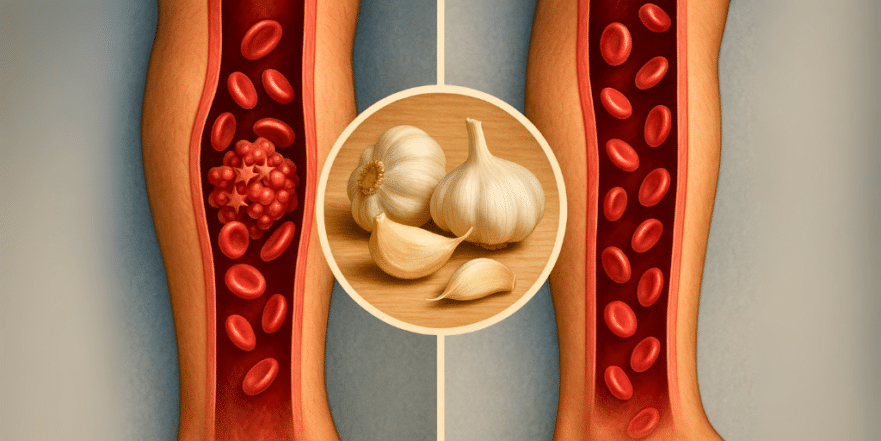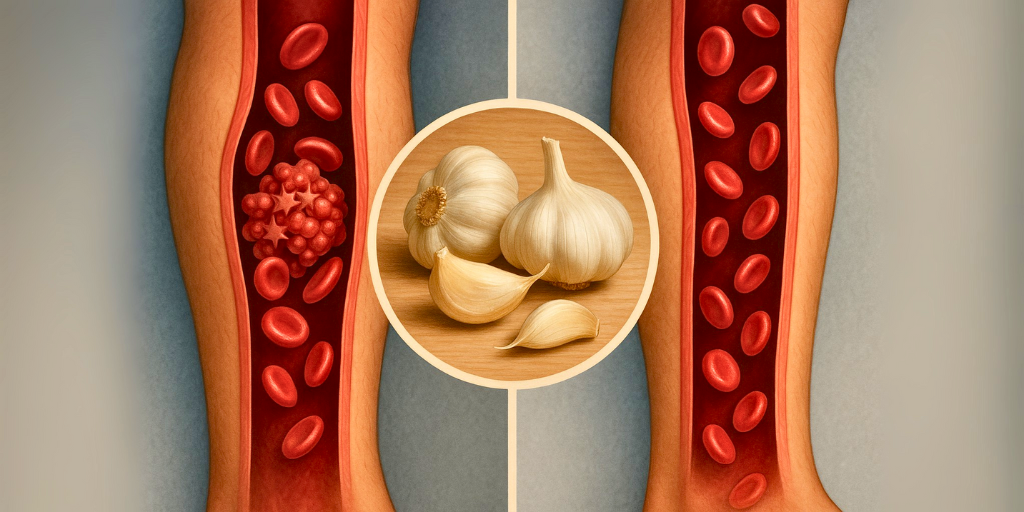
Have you ever thought about the complex network of highways inside your body that delivers life-giving oxygen and nutrients to every single cell? We’re talking about your circulation. When that system works well, you feel energetic and healthy. But what happens when the traffic slows to a crawl, especially in the highways leading to your legs and feet? The consequences can be far more serious than just cold toes. Poor blood flow can lead to debilitating pain, non-healing wounds, infections, and in the most severe cases, amputation. As a medical doctor specializing in the vascular system, I’ve seen firsthand how critical healthy circulation is for your mobility and overall quality of life.
Many factors can compromise the blood flow to your legs, a condition medically known as Peripheral Arterial Disease (PAD). This is essentially a narrowing of the arteries due to things like high cholesterol, high blood pressure, smoking, and diabetes. Your heart works hard to pump blood all the way down to your big toe, but if the pipes are clogged and hardened, it’s an uphill battle. The good news is that you have a tremendous amount of power to support and even improve your circulation through lifestyle changes, and it starts with what’s on your plate. Before we dive into the specific foods that can help, let’s get a clear picture of the key strategies we’ll be discussing. (based on the insights of Dr. William Li.)
Key Takeaways
- Subtraction is the First Step: Before adding beneficial foods, it’s crucial to remove or reduce things that harm your blood vessels, such as alcohol, excess salt, ultra-processed foods, and nicotine.
- Embrace Plant Power: Many of the most powerful foods for circulation are plant-based, packed with fiber, antioxidants, and unique compounds that protect and repair your arteries.
- Support Your Stem Cells: Certain foods can actually encourage your body’s own stem cells to repair damaged blood vessels and improve blood flow.
- Gut Health is Vascular Health: A healthy gut microbiome plays a direct role in managing cholesterol, reducing inflammation, and supporting your entire circulatory system.
- Consistency is Key: Incorporating these foods into your daily diet is not a one-time fix but a long-term strategy for maintaining healthy circulation for years to come.
Before You Add, You Must Subtract: Key Things to Avoid
Before we build up your diet with circulation-boosting foods, we need to clear out the culprits that are actively damaging your arteries. Think of it as clearing debris from a clogged pipe before you try to improve the water pressure. First on the list is alcohol. It’s a toxin that is hard on your blood vessels and can stun the stem cells your body needs to make repairs. Next is excess salt. A high-salt diet is corrosive to the delicate lining of your blood vessels, causing damage that leads to inflammation and stickiness. This makes it easier for cholesterol and fats to build plaques, narrowing the arteries. You’ll find huge amounts of salt in restaurant meals and, most significantly, in ultra-processed foods. These foods are a triple threat, often loaded with salt, unhealthy fats, and sugars that contribute to atherosclerosis, metabolic syndrome, and type 2 diabetes—a condition notorious for destroying circulation. Finally, you must stop smoking and vaping. Nicotine is a direct vasoconstrictor (it tightens your blood vessels) and severely damages their lining, accelerating the hardening and clogging process. You simply cannot out-eat the damage done by these habits.
1. Beans and Legumes: The Fiber-Packed Foundation
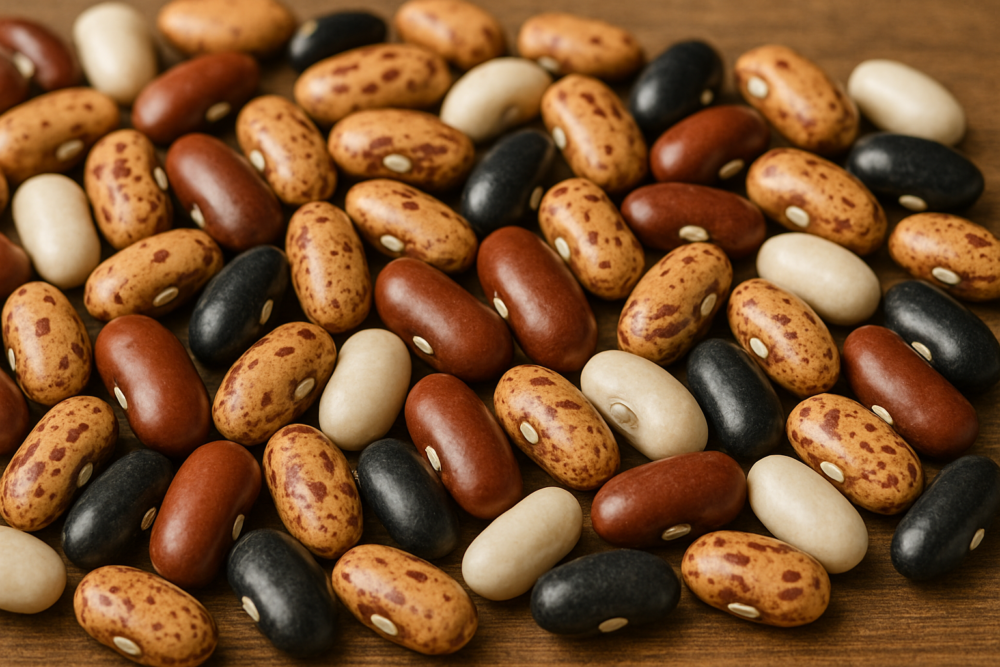
If there’s one food group that consistently shows up in the world’s healthiest, longest-living populations, it’s beans and legumes. From black beans and kidney beans to lentils and chickpeas, these humble foods are nutritional powerhouses for your circulation. Their primary weapon is dietary fiber. This fiber feeds the good bacteria in your gut, which in turn helps to lower inflammation throughout your body. Chronic inflammation is a key driver of damage to your artery walls, so keeping it in check is fundamental for vascular health. Furthermore, a healthy gut microbiome helps your body manage blood lipids more effectively, reducing the LDL (bad) cholesterol that forms artery-clogging plaques. Beans also help improve your overall metabolism, assisting your body in burning away harmful visceral fat. This excess fat is not just dead weight; it’s an active organ that pumps out inflammatory signals. By reducing it, you’re taking a significant burden off your circulatory system.
2. Carrots: The Carotenoid Powerhouse
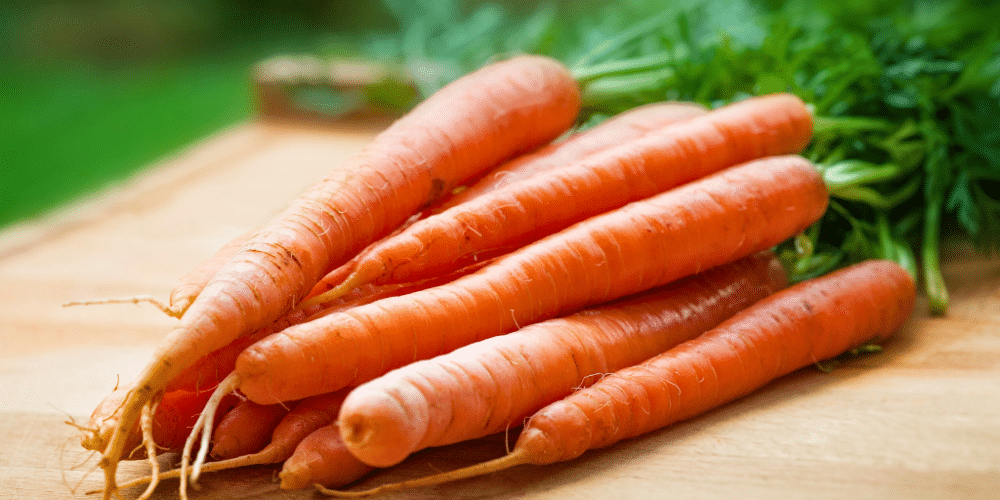
Carrots are much more than just a crunchy snack. They are packed with powerful compounds called carotenoids, which give them their vibrant orange color. Research has shown that diets rich in carotenoids are linked to lower levels of visceral fat and reduced inflammation. This directly protects the smooth, slippery lining of your blood vessels, keeping them healthy and less prone to plaque buildup. Like beans, carrots are also an excellent source of dietary fiber, further supporting the gut bacteria that are so crucial for managing your cholesterol and metabolism. Think of it as a two-pronged attack: the carotenoids provide direct anti-inflammatory protection to your arteries, while the fiber builds a healthy gut environment that prevents the problems from starting in the first place. This synergy is what makes whole foods like carrots so much more powerful than isolated supplements.
3. Garlic: Nature’s Blood Thinner
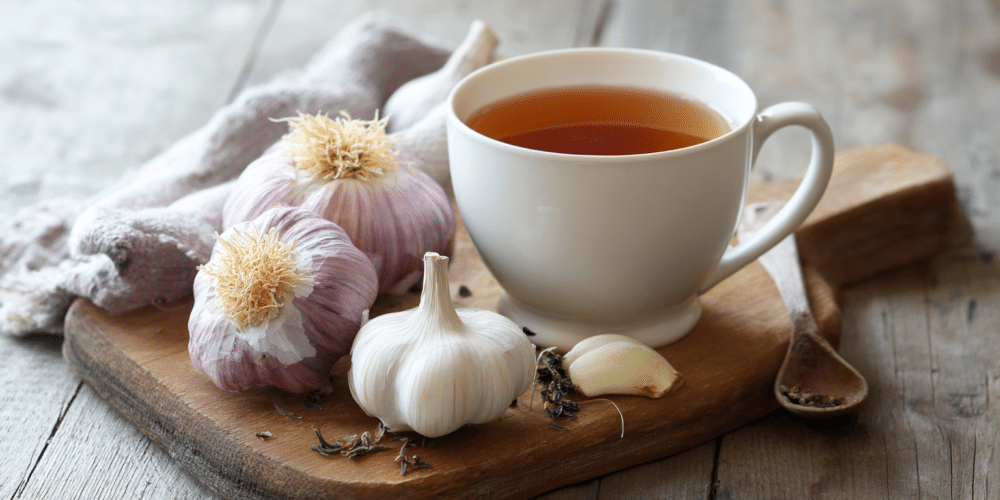
Used for centuries in both culinary and medicinal traditions, garlic is a potent ally for your circulatory system. Its benefits are numerous, but two stand out for preventing the blockages seen in PAD. First, garlic has been shown to help lower blood lipids. It can reduce harmful LDL cholesterol while maintaining or even raising beneficial HDL cholesterol, helping to keep your arteries clear. Second, and perhaps more dramatically, garlic acts as a natural anticoagulant. It helps prevent blood platelets from becoming overly sticky and clumping together to form clots. A heart attack in the leg, known as critical limb ischemia, often involves a clot that completely blocks a narrowed artery. Garlic helps keep the blood flowing smoothly, acting like a traffic cop that prevents dangerous pile-ups on the highways of your circulatory system. Incorporating fresh garlic into your cooking is an easy and delicious way to harness these protective effects.
4. Dark Chocolate: A Sweet Treat for Your Arteries
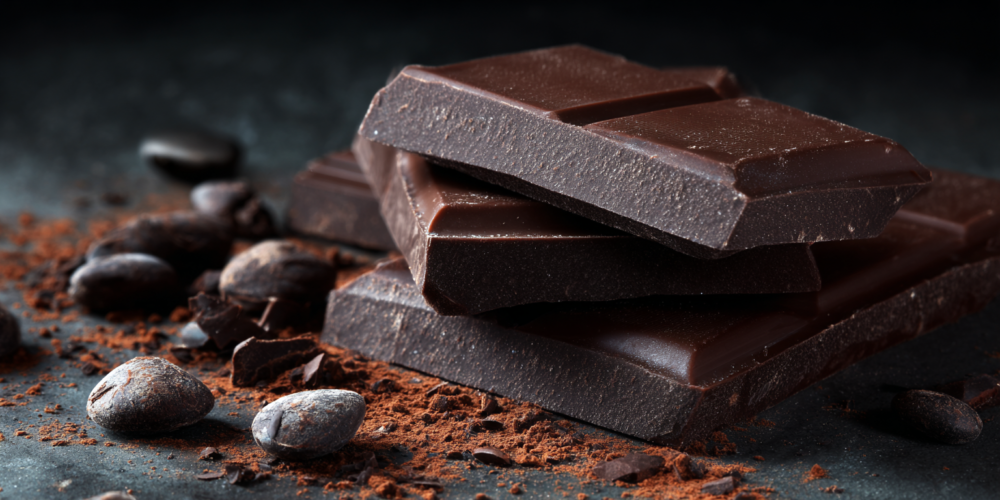
Here’s some good news for your sweet tooth: dark chocolate can be incredibly beneficial for your circulation. The key is the main ingredient, cacao. The higher the percentage of cacao (aim for 70% or more), the more potent the health benefits. Cacao is loaded with powerful polyphenols called flavanols, which have been extensively studied for their positive effects on vascular health. These compounds are powerful anti-inflammatories and also help reduce the risk of blood clots. But their most amazing function is their ability to stimulate your body to produce more nitric oxide. Nitric oxide is a signaling molecule that tells your blood vessels to relax and widen, improving blood flow. Even more impressively, it helps recruit your own stem cells from your bone marrow. These stem cells are your body’s internal repair crew; they travel through your bloodstream seeking out and repairing damage. Studies have shown that regular consumption of high-flavanol cocoa can double the number of circulating stem cells and significantly improve blood vessel flexibility and resilience, a measure known as flow-mediated dilation.
5. Black Tea: The Stem Cell Stimulator
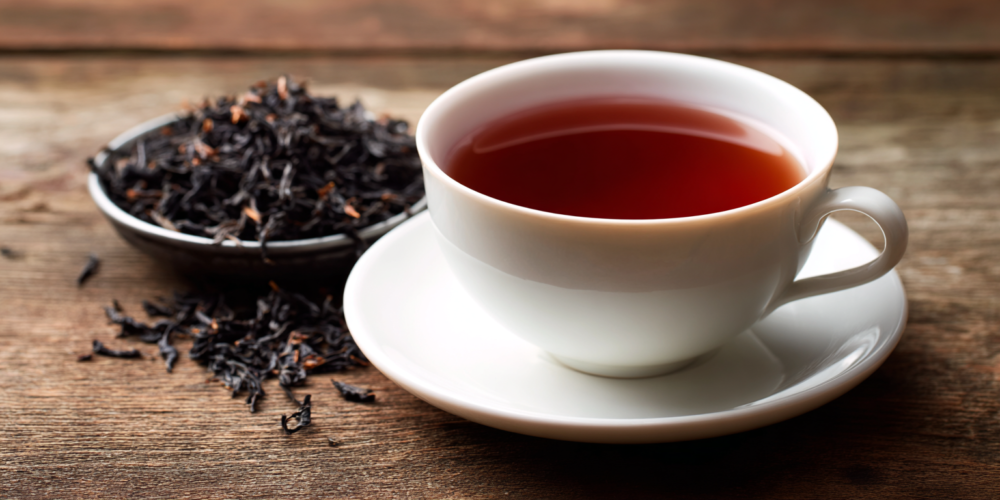
Much like dark chocolate, black tea is another excellent source of polyphenols that can give your circulation a significant boost. While green tea often gets the spotlight, studies have shown that black tea is also incredibly effective. Italian researchers studying older individuals with poor circulation found that drinking two cups of black tea per day for a month caused a significant increase in the number of circulating stem cells. These are the very cells needed to repair and maintain healthy blood vessels. The study confirmed this benefit by measuring flow-mediated dilation, which showed a tremendous improvement in blood vessel function after the month of tea drinking. However, there is a crucial catch: you must drink it plain. The researchers did a follow-up experiment where they added dairy (in the form of whipped cream) to the tea. The result? The stem cell-boosting effect was completely blunted. The fats in dairy bind to the beneficial polyphenols in the gut, preventing your body from absorbing them. So, to get the full circulatory benefits, enjoy your black tea without milk or cream. A splash of lemon or a non-dairy milk like oat or soy milk is perfectly fine.
Conclusion: Take the First Step Towards Healthier Legs
Improving the blood flow to your legs is not a matter of finding a single magic bullet, but rather of adopting a holistic lifestyle that supports your entire vascular system. It begins with removing the things that cause harm—the excess salt, sugar, alcohol, and nicotine. From there, you can build a powerful, protective diet rich in fiber-filled beans, anti-inflammatory carrots, blood-thinning garlic, and stem-cell-boosting dark chocolate and black tea. Each of these foods provides a unique set of tools that your body can use to fight inflammation, clear out blockages, and actively repair your arteries from the inside out. By making these simple, delicious changes to your daily routine, you are taking direct control of your vascular health and taking a powerful step towards ensuring your legs will carry you strongly and without pain for years to come.
Source: Dr. William Li

